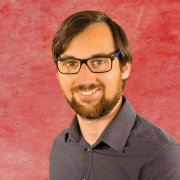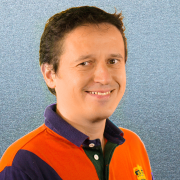Autor: Raimund Schatz (AIT Austrian Institute of Technology), Anatoliy Zabrovskiy (Alpen-Adria Universität Klagenfurt), Christian Timmerer (Alpen-Adria Universität Klagenfurt, Bitmovin Inc.)
Abstract: Omnidirectional video (ODV) streaming applications are becoming increasingly popular. They enable a highly immersive experience as the user can freely choose her/his field of view within the 360-degree environment. Current deployments are fairly simple but viewport-agnostic which inevitably results in high storage/bandwidth requirements and low Quality of Experience (QoE). A promising solution is referred to as tile- based streaming which allows to have higher quality within the user’s viewport while quality outside the user’s viewport could be lower. However, empirical QoE assessment studies in this domain are still rare. Thus, this paper investigates the impact of different tile-based streaming approaches and configurations on the QoE of ODV. We present the results of a lab-based subjective evaluation in which participants evaluated 8K omnidirectional video QoE as influenced by different (i) tile-based streaming approaches (full vs. partial delivery), (ii) content types (static vs. moving camera), and (iii) tile encoding quality levels determined by different quantization parameters. Our experimental setup is characterized by high reproducibility since relevant media delivery aspects (including the user’s head movements and dynamic tile quality adaptation) are already rendered into the respective processed video sequences. Additionally, we performed a complementary objective evaluation of the different test sequences focusing on bandwidth efficiency and objective quality metrics. The results are presented in this paper and discussed in detail which confirm that tile-based streaming of ODV improves visual quality while reducing bandwidth requirements.
Acknowledgment: This work was supported in part by the Austrian Research Promotion Agency (FFG) under the Next Generation Video Streaming project “PROMETHEUS”.



 Philipp Moll presented the paper “Distributing the Game State of Online Games: Towards an NDN Version of Minecraft” on the 6th International Workshop on Research Advancements in Future Networking Technologies. The Workshop was held in conjunction with the IEEE International Conference on Communications 2019 in Shanghai.
Philipp Moll presented the paper “Distributing the Game State of Online Games: Towards an NDN Version of Minecraft” on the 6th International Workshop on Research Advancements in Future Networking Technologies. The Workshop was held in conjunction with the IEEE International Conference on Communications 2019 in Shanghai.



